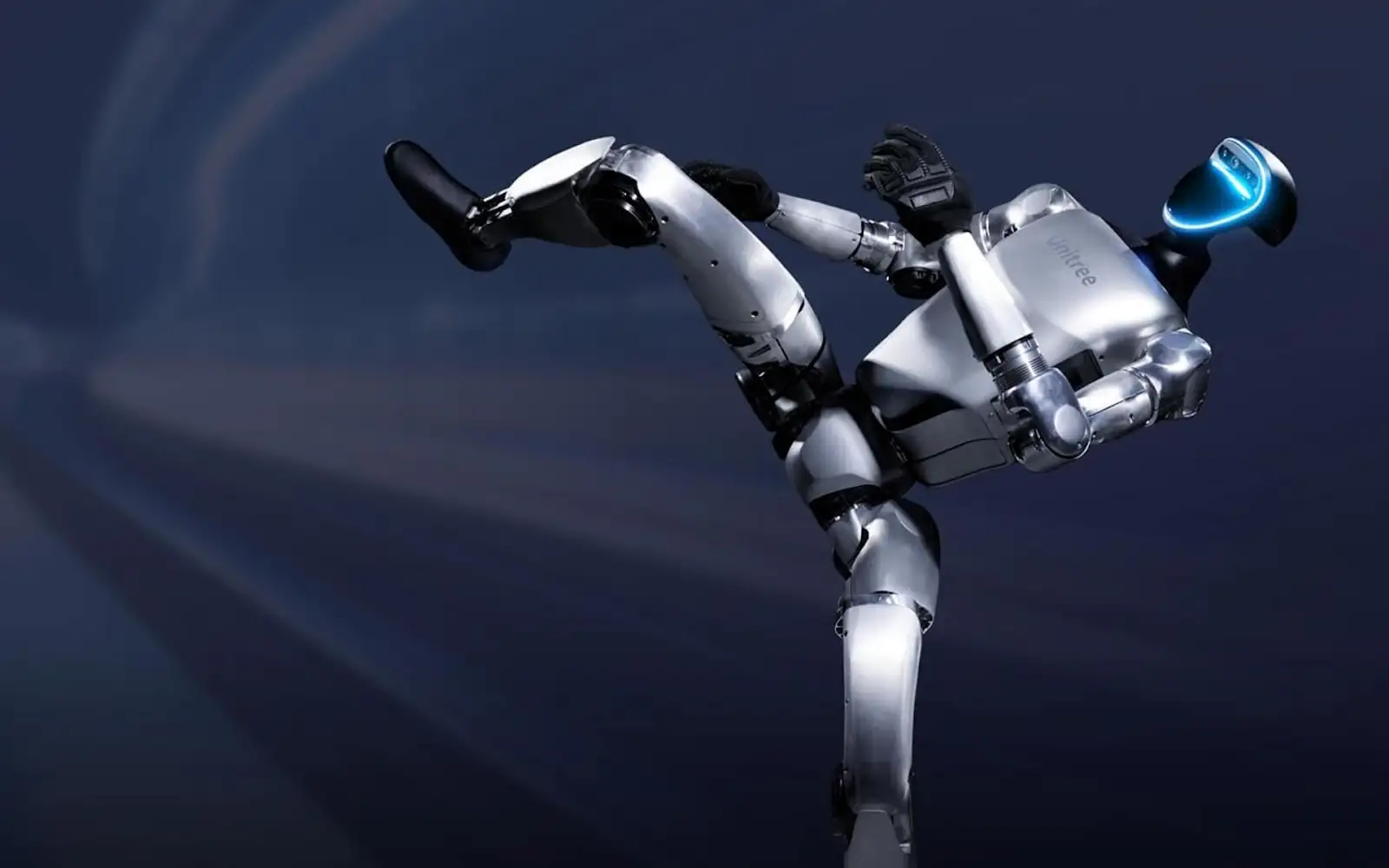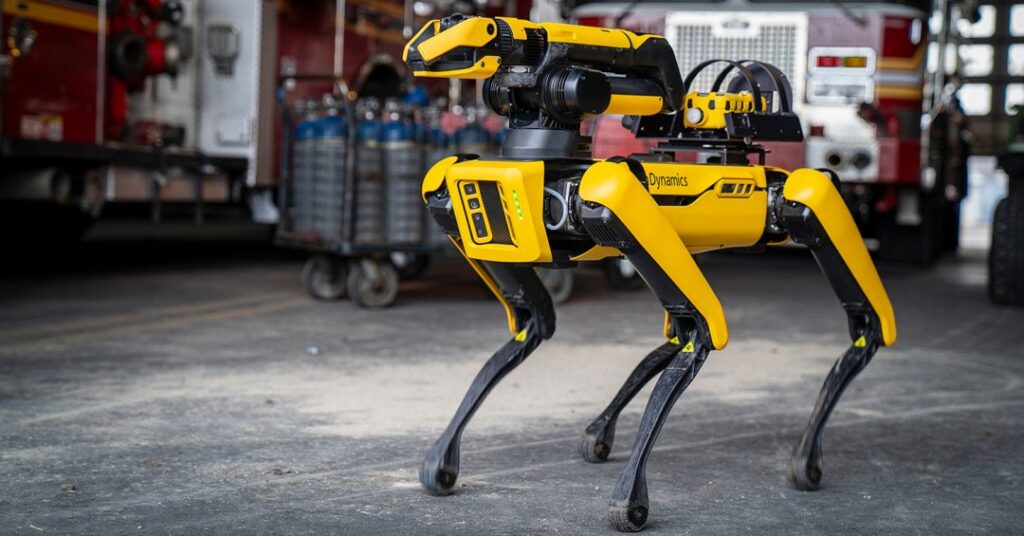
The competition in the humanoid robotics industry is intensifying, with China’s Unitree making significant strides by mass-marketing its humanoid robots at relatively affordable prices. This development sets the stage for heightened rivalry with U.S.-based Boston Dynamics, which has also been advancing its robotics projects.
Both Unitree and Boston Dynamics have been developing various robot models. This year, Boston Dynamics introduced a new, more agile version of its Atlas humanoid robot, featuring fully electric and autonomous capabilities. This model is set to be tested in a car factory before entering mass production. Currently, Boston Dynamics only markets its Spot dog robot on a large scale.

In contrast, Unitree has already moved forward with mass production of its humanoid robots, the H1 and G1, targeting industrial applications. Unitree’s flagship model, the H1, stands at 1.8 meters tall and can autonomously perform complex repetitive tasks such as lifting heavy loads, walking, and running. Equipped with multiple sensors and cameras, it can navigate its environment and avoid obstacles. Notably, the H1 features open-source code, allowing developers to create customized applications. The H1’s pricing ranges between $90,000 and $150,000, depending on its level of optimization.
The more compact and budget-friendly Unitree G1 measures 1.3 meters in height and offers versatility and flexibility. It can withstand shocks, stand up on its own, and “learn” to perform various tasks, such as handling tools, opening bottles, or cracking nuts. However, its autonomy is limited to about two hours. The G1 is priced at $16,000, making it a more accessible option for manufacturers seeking advanced robotic capabilities.
While Unitree is the first to bring its humanoid robots to the mass market, other companies are also making progress in this field. Xiaomi is developing a robot capable of recognizing and interacting with human emotions, while Tesla continues to refine its Optimus robot. In addition, start-up Figure has collaborated with OpenAI to integrate ChatGPT into its humanoid robot, enhancing its ability to respond to queries, manipulate objects, and express emotions.
With these advancements, the potential for humanoid robots equipped with artificial intelligence to interact seamlessly with humans in both industrial and domestic settings continues to grow.
Featured Image courtesy of Free Malaysia Today
Follow us for more updates on China’s Humanoid.
